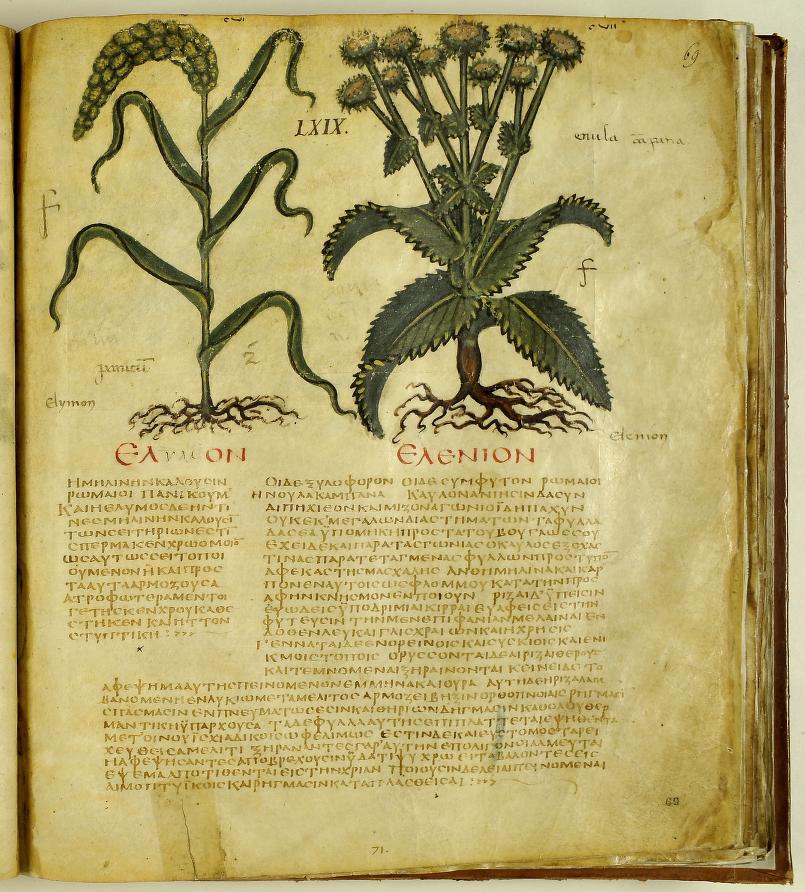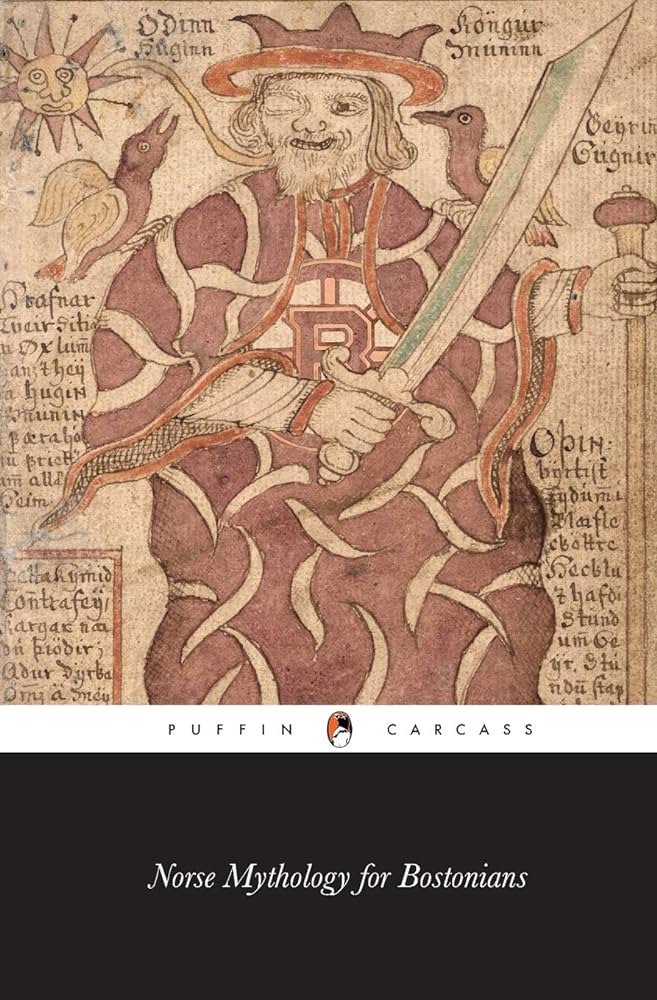The Battle of Hastings, according to Anonymous of Béthune
The Norman Conquest of England in 1066 was such an important event (at least for England and Normandy) that it is unsurprising that medieval chroniclers were writing about it, even several generations later. One such account was written in the early thirteenth century by a chronicler we only know as Anonymous of Béthune.
His work, History of the Dukes of Normandy and the Kings of England, is a little broader than the title indicates, as it also discusses events in France and Flanders. Spanning from the time of the Vikings’ arrival in Normandy to the early years of the reign of Henry III, it was written in Old French. We almost nothing of its author - the reason for calling him ‘Anonymous of Béthune” is because he writes much about the Flanders region and the counts of Béthune, leading some to believe that he worked for Count Robert VII of Béthune.
His account of the Norman Conquest of England is short - somewhat surprising considering the importance of the event - but it does contain a few interesting pieces of information. It begins by noting the King Edward the Confessor (1042 - 1066) had selected Duke William of Normandy to be his heir, and he even sent Harold Godwinsson to Normandy to give an oath of fealty to the Duke. The account adds that Harold was captured immediately after his crossing of the English Channel, by Count Guy of Abbeville, and then handed over to Duke William. Harold then performed his oath of fealty, and even gave over a brother of his named Hunaut as a hostage before returning to England. Alas, King Edward soon died and as our chronicler relates, “Breaking his oath, Harold had himself crowned and also had the ports guarded.”
Anonymous of Béthunen then explains that William wanted to invade England right away upon learning this news, but was held back because of an attack by Conan, Duke of Brittany, who laid siege to Castle Gonthier in Anjou. However, Duke Conan then himself died, apparently poisoned by one of his own men. This allowed the Norman duke to begin his preparations to invaded England. The chronicler then writes:
Then Duke William went into England with his Normans and all the men he could get. When he heard that Count Conan was dead, he set off from St Valéry and landed at Pevensey. There he built a castle, and another at Hastings, where King Harold fought him on a Saturday, and you must know that King Harold was defeated in this battle and no one knew what became of him, unless by divination. He lost many of his men and the remaining English fled. The duke pursued them so far that it was midnight when he returned to the camp. After that he went to Wallingford. The men inside went out to give battle, and many were killed. Then the Londoners retreated and the duke was crowned in London on Christmas Day. Later he founded an abbey of St Martin in the place where the battle had been fought.
While most of this paragraph relates matters that other chroniclers explain in much more detail, it does offer a couple of interesting bits of detail. First that the Normans continued their pursuit of the defeated English troops to ‘midnight’, and that people were interested in the ultimate fate of King Harold Godwinsson, and may have even looked to supernatural means to determine whether or not he had actually been killed in the battle.
You can now read a translation of History of the Dukes of Normandy and the Kings of England by the Anonymous of Béthune, by Janet Shirley, which is part of the Crusade Texts in Translation series from Routledge. Click here to learn more about the book.
See also our special issue of Medieval Warfare: 1066: The Battle of Hastings to learn more about the Norman Conquest of England.




